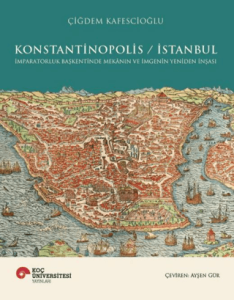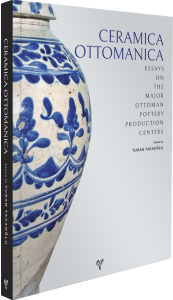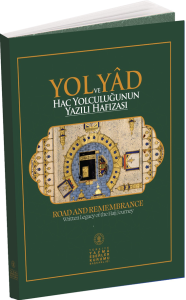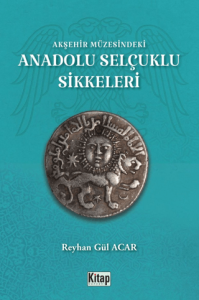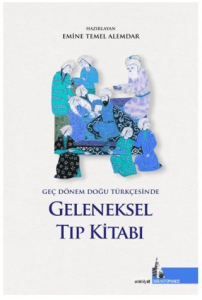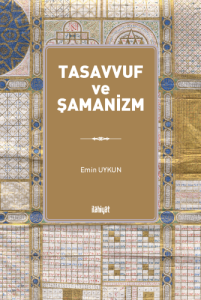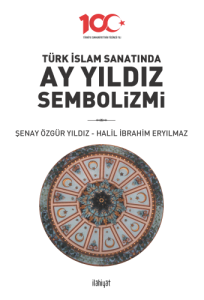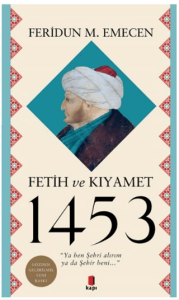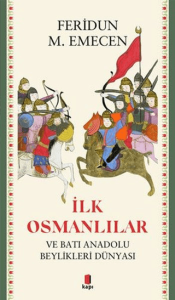Bu işlem için üye girişi yapmanız gerekiyor
9786059022286
219349
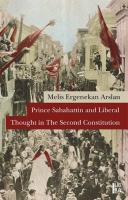
https://www.sahafium.com/kitap/prince-sabahattin-and-liberal-thoughts-in-the-second-constitution-p219349.html
Prince Sabahattin and Liberal Thoughts in The Second Constitution
0.00
The milestone reforms of the Ottoman Empire are the Tanzimat, the First and Second Constitutions. The Tanzimat Charter made Ottomanism the dominant ideology, paved the way for secularisation and led to the cultivation of an illuminated youth idealizing the concepts of equal citizenship, freedom and constitution. Consequently, it both contributed to the intellectual accumulation of the Ottoman intelligentsia and formed the basis of their political opposition. The first intellectual opposition, Young Ottomans, were the pioneers of the process concluding with the declaration of Kanun-i Esasi. Young Turks' struggle for the restoration of the suspended constitution, resulted in the declaration of the Second Constitution in 1908. The main objective of Young Turks fighting against Abdülhamit's absolutism, was the reestablishment of the constitutional monarchy. Once this was achieved, former divisions reappeared within the movement. This time, other Young Turks began to oppose the vanguard of the revolution, the Committee of Union & Progress (CUP) which had now become the dominant and despotic power.
The most influential figure among the opponents was undoubtedly, Prince Sabahattin, the sultan's nephew and ardent opponent, who also inspired other CUP opponents. The aim of this study is to analyze Sabahattin, always a subject of political polarization in Turkish political literature, objectively, to determine the intellectual foundations of his opposition and to interrogate the scientific basis and applicability of the social reforms he defended. Other opponent parties discussed in connection with Sabahattin's views has helped us determine the liberal positioning in that period.
The most influential figure among the opponents was undoubtedly, Prince Sabahattin, the sultan's nephew and ardent opponent, who also inspired other CUP opponents. The aim of this study is to analyze Sabahattin, always a subject of political polarization in Turkish political literature, objectively, to determine the intellectual foundations of his opposition and to interrogate the scientific basis and applicability of the social reforms he defended. Other opponent parties discussed in connection with Sabahattin's views has helped us determine the liberal positioning in that period.
The milestone reforms of the Ottoman Empire are the Tanzimat, the First and Second Constitutions. The Tanzimat Charter made Ottomanism the dominant ideology, paved the way for secularisation and led to the cultivation of an illuminated youth idealizing the concepts of equal citizenship, freedom and constitution. Consequently, it both contributed to the intellectual accumulation of the Ottoman intelligentsia and formed the basis of their political opposition. The first intellectual opposition, Young Ottomans, were the pioneers of the process concluding with the declaration of Kanun-i Esasi. Young Turks' struggle for the restoration of the suspended constitution, resulted in the declaration of the Second Constitution in 1908. The main objective of Young Turks fighting against Abdülhamit's absolutism, was the reestablishment of the constitutional monarchy. Once this was achieved, former divisions reappeared within the movement. This time, other Young Turks began to oppose the vanguard of the revolution, the Committee of Union & Progress (CUP) which had now become the dominant and despotic power.
The most influential figure among the opponents was undoubtedly, Prince Sabahattin, the sultan's nephew and ardent opponent, who also inspired other CUP opponents. The aim of this study is to analyze Sabahattin, always a subject of political polarization in Turkish political literature, objectively, to determine the intellectual foundations of his opposition and to interrogate the scientific basis and applicability of the social reforms he defended. Other opponent parties discussed in connection with Sabahattin's views has helped us determine the liberal positioning in that period.
The most influential figure among the opponents was undoubtedly, Prince Sabahattin, the sultan's nephew and ardent opponent, who also inspired other CUP opponents. The aim of this study is to analyze Sabahattin, always a subject of political polarization in Turkish political literature, objectively, to determine the intellectual foundations of his opposition and to interrogate the scientific basis and applicability of the social reforms he defended. Other opponent parties discussed in connection with Sabahattin's views has helped us determine the liberal positioning in that period.


